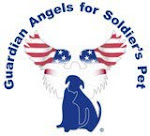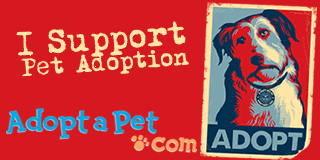 There is a man named Nathan Winograd, author of the book Redemption, who has made it his life's mission to help shelters across the country become no-kill. He advocates tirelessly and gets results. His group is called the No-Kill Advocacy Center.
There is a man named Nathan Winograd, author of the book Redemption, who has made it his life's mission to help shelters across the country become no-kill. He advocates tirelessly and gets results. His group is called the No-Kill Advocacy Center. Here is a page from his website that highlights numerous issues involved in reforming shelters and areas where you can join the fight. His group runs workshops, has an annual no-kill conference, he and others speak publicly on the subject, and consult with local shelter directors to update their practices.
Here is a recent interview Mr. Winograd conducted with Judge Rusty Newton in Shelby County, Kentucky, which is now no-kill and just celebrated their third year as such. (I would point out, "enlightened" New York City is not yet no-kill!)

The Toledo Blade recently covered Winograd.
No-Kill Advocacy Center hosted a conference this past weekend for about 400 activists from around the country. A small band of people in the scheme of things but they are getting results and those are showing up in unlikely places. Below is a quote from the Toledo Blade article, which summarizes the excellent results nicely. (They also mention Animal Farm Foundation, a favorite group of mine in the Hudson Valley -- and the makers of the most excellent shelter dog note cards!)
I'm compiling a list of no-kill shelter success stories and will share those soon.
These shelters are found in the North, South, East, and West. They are found in rural and metropolitan communities. The secret to transforming a high kill shelter to a No Kill shelter virtually overnight is to follow a series of eleven steps known as the No Kill equation. No Kill shelters are defined as shelters where 90% or more of animals leave the shelter alive. In such a model, shelters only euthanize irredeemably suffering animals, or truly vicious animals that threaten the community.
Share














